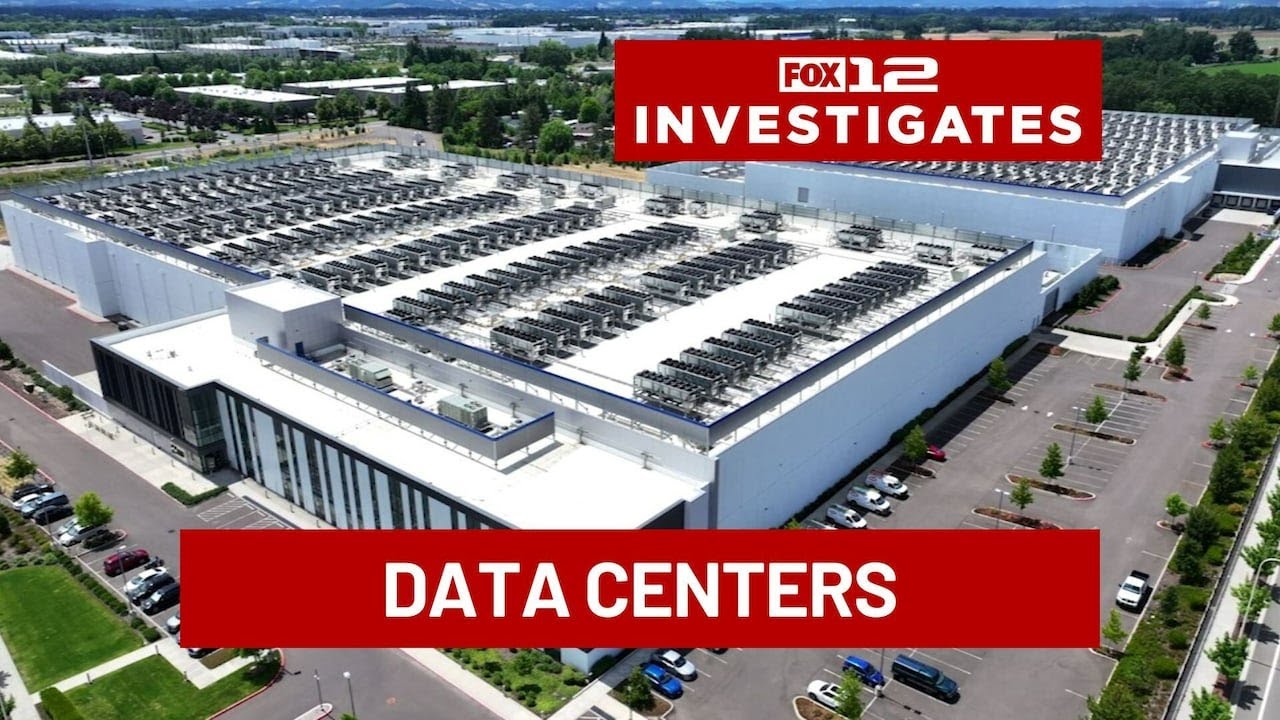BEAVERTON, Ore. (KPTV) — For Beaverton resident Myra Seigal, budgeting is part of everyday life. A retired woman living on a fixed income, she carefully manages her spending and enjoys free community events to make her money stretch. But there’s one expense she can’t control: her electric bill.
“I do have to live carefully,” Seigal said. “I go to a lot of free events. I don’t go to the things that are going to cost me money.”
Like many Oregonians, Seigal has seen her monthly utility costs climb steadily in recent years.
Also Read
The Role of Data Centers in Rising Costs
Earlier this year, nearly 200 Oregonians wrote to the state legislature urging action on rising electricity rates. One of the main drivers identified: data centers.
Oregon is home to 131 data centers, facilities that store and distribute massive amounts of digital information. These centers require enormous amounts of electricity to power servers and keep them cool.
To put their usage into perspective:
-
A 30-megawatt data center consumes as much electricity as the city of Ashland.
-
A 250-megawatt AI data center can equal the power use of Eugene.
Because utilities have historically spread those costs across all customers, households have been helping to subsidize corporate data operations.
The POWER Act
That practice is now changing under the newly enacted POWER Act (Protecting Oregonians With Energy Responsibility), a law crafted by the Oregon Citizens’ Utility Board (CUB).
“What it does is it just seeks to ensure that customers are no longer unfairly subsidizing the energy costs associated with data centers or large-scale crypto,” said Sarah Walkley, an equity analyst with CUB.
The law creates a new customer category for data centers and cryptocurrency operations. This allows utilities like Portland General Electric (PGE) and Pacific Power to allocate energy costs directly to these high-consumption customers, instead of spreading them to residents.
Rate Increases Have Hit Hard
According to CUB, utilities have raised household rates by nearly 50% since 2021 to keep up with demand, partially driven by the growth of data centers. For many families, that has meant a $100 electric bill in 2021 ballooning to $150 today.
“Energy affordability is a huge concern for Oregonians,” Walkley said. “Everybody is feeling the increased costs, especially when we’re having rate cases year after year.”
Industry Pushback
While the bill received strong public support during legislative hearings, not everyone is on board. The Data Center Coalition and Amazon Web Services opposed the law, warning that creating a special billing category could push companies to relocate operations to other states, potentially taking jobs with them.
Supporters, however, argue that companies with vast financial resources should not rely on ratepayers to shoulder their operating costs.
“They have money, but they don’t want to use their money,” Seigal said. “They want to use the public’s money.”
Looking Ahead
Governor Tina Kotek signed the bill into law earlier this year. For residents like Seigal, the legislation represents a small but meaningful shift toward fairness and affordability.
The long-term impact on utility bills remains to be seen, but consumer advocates say Oregonians could finally see relief after years of steady increases.
As Seigal put it: “Every dollar counts.”












